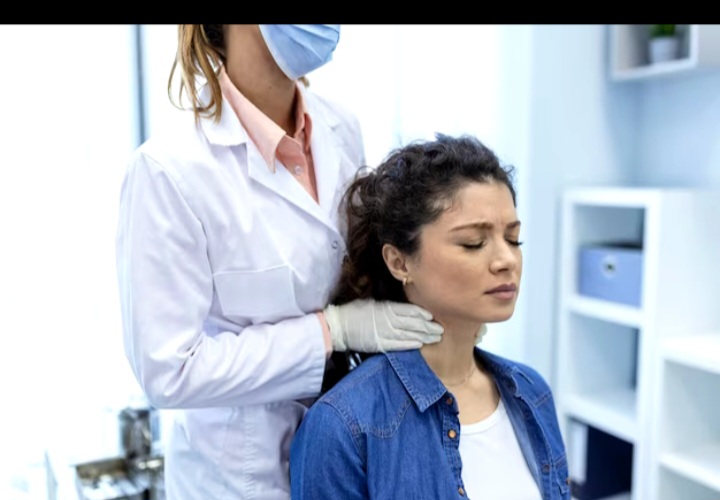The disease known as cervical stenosis is defined by the cervical canal, the space in the spine that houses and shields the spinal cord in the neck area, becoming narrower. This constriction may result in a range of symptoms and other problems, which could affect a person’s general health.

Getting to Know Cervical Stenosis: Getting Through the Narrow Canal
Causes of Spinal Stenosis:
Dissecting the Contributing Elements
Cervical stenosis is caused by multiple circumstances. One of the main causes is aging, which frequently causes the spinal tissues to deteriorate and gradually shrink the cervical canal. This problem may be exacerbated by degenerative changes, such as the development of bone spurs and thickening of ligaments.
Cervical stenosis can also result from traumatic injuries, such as those received in falls or accidents. Furthermore, genetics might be involved, leading certain people to gradually have a narrower cervical canal.
Signs and Symptoms:
Identifying the Narrowing Impact
Cervical stenosis symptoms can vary greatly and may appear gradually. Symptoms such as stiffness, soreness, and neck pain are common. As the illness worsens, people may have weakness, tingling or numbness in their hands and arms, and even problems with balance and coordination.

It’s important to remember that everyone’s symptoms might vary in intensity, and some people with cervical stenosis may not experience any symptoms at all.
Looking into the Narrowed Canal to Make a Diagnosis
A combination of physical tests, imaging testing, and medical history analysis is usually used to diagnose cervical stenosis. Computed Tomography (CT) and Magnetic Resonance Imaging (MRI) scans are frequently used to image the cervical spine and determine the extent of canal narrowing.
Options for Treatment:
Extending the Relief Path
The degree of symptoms and underlying causes determine how cervical stenosis is managed. Conservative strategies could involve pain management, physical therapy, and lifestyle adjustments. Through specific exercises, physical therapy seeks to increase flexibility, strengthen the neck muscles, and relieve discomfort.
To treat pain and discomfort, doctors may occasionally prescribe pharmaceuticals like muscle relaxants or nonsteroidal anti-inflammatory drugs (NSAIDs). More intrusive procedures, however, might be taken into consideration if conservative methods prove ineffective.
In order to relieve pressure on the spinal cord and nerves, decompression surgeries such as laminectomy or discectomy are surgical alternatives for cervical stenosis. In extreme circumstances, spinal fusion could also be advised to stabilize the spine.

Prevention and Ways of Living:
Taking Care of Your Neck
Even though cervical stenosis isn’t always prevented, leading a healthy lifestyle can improve the health of your spine as a whole. Exercise on a regular basis, good posture, and avoiding activities that put strain on the neck can all help either prevent cervical stenosis from occurring or lessen its symptoms.
It’s important to see a doctor on a regular basis, especially if you have a family history of back problems or if you have chronic neck pain.

In conclusion, How to Find Your Way to Well-Being
In summary, cervical stenosis is a complicated ailment that can seriously lower a person’s quality of life. The key to managing this ailment is being aware of its origins, identifying its symptoms, getting a diagnosis as soon as possible, and looking into suitable treatment choices.
The objective is to increase the number of people who can find relief from cervical stenosis and enhance their general quality of life, regardless of whether conservative therapies or surgical procedures are used. Even with a constricted cervical canal, a more cooperative attitude between patients and healthcare providers can lead to a more comfortable and meaningful existence.

